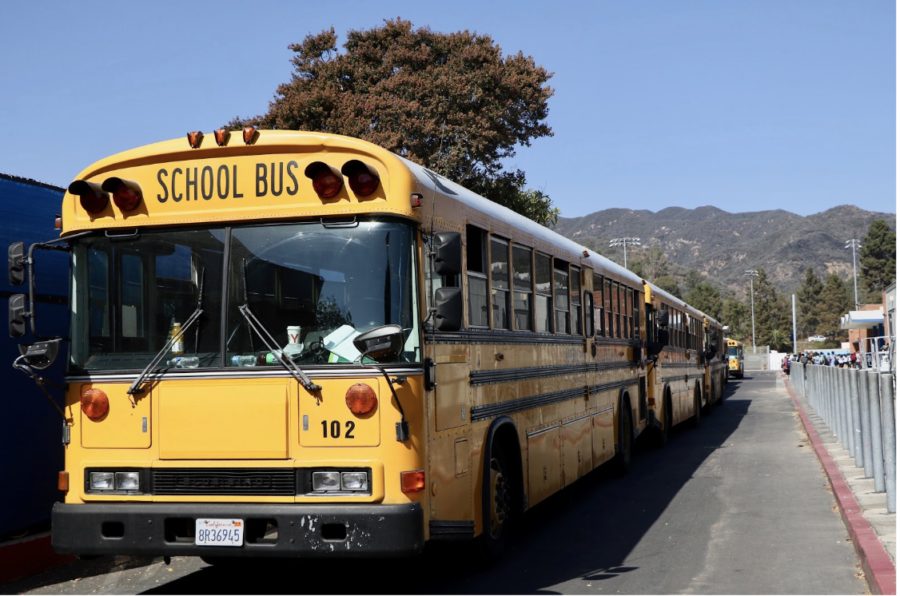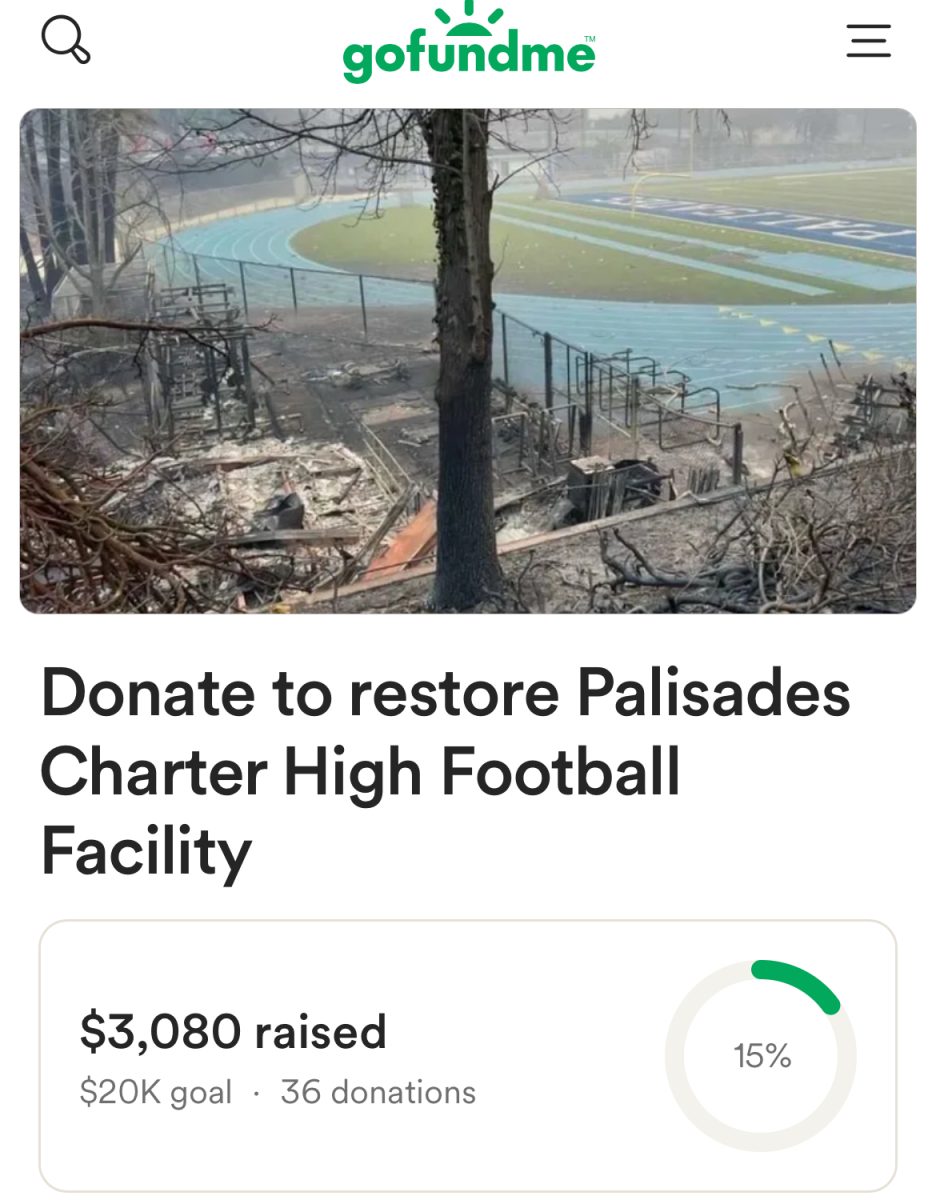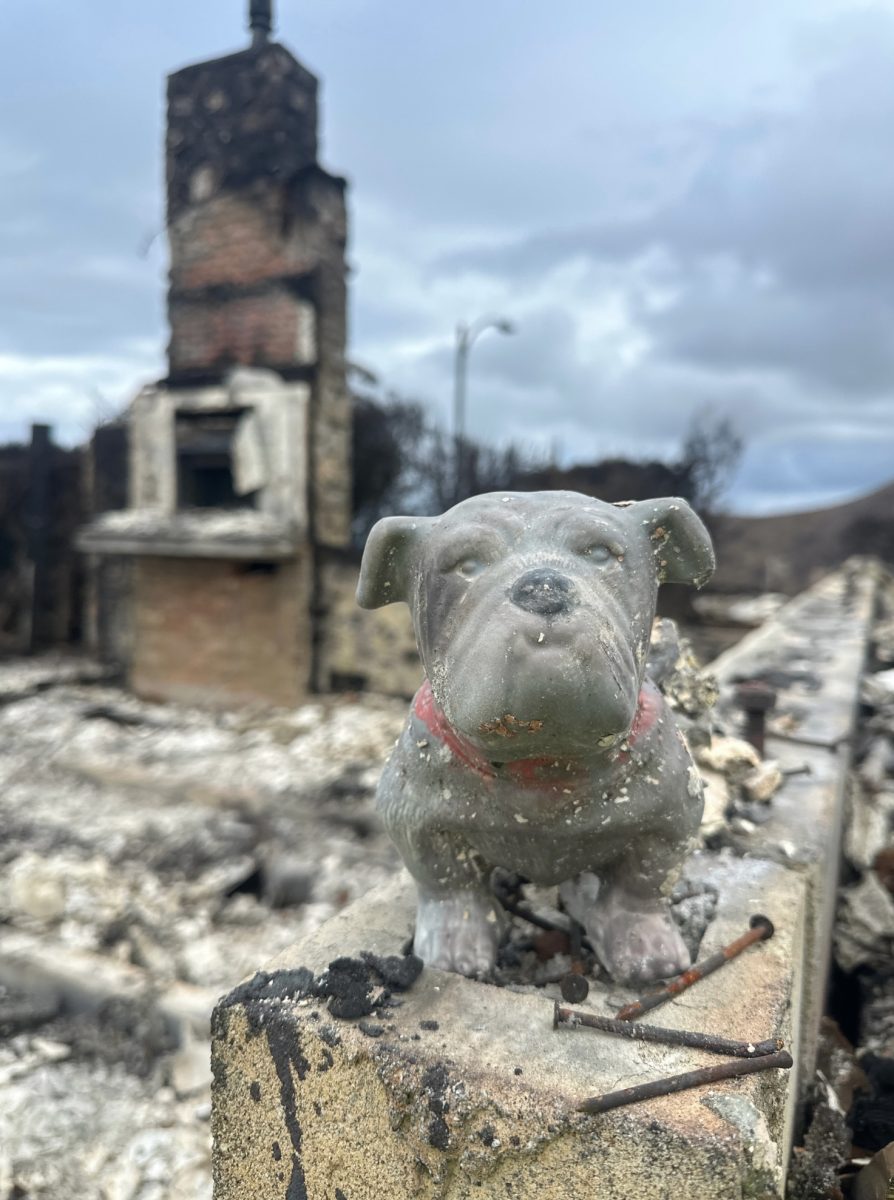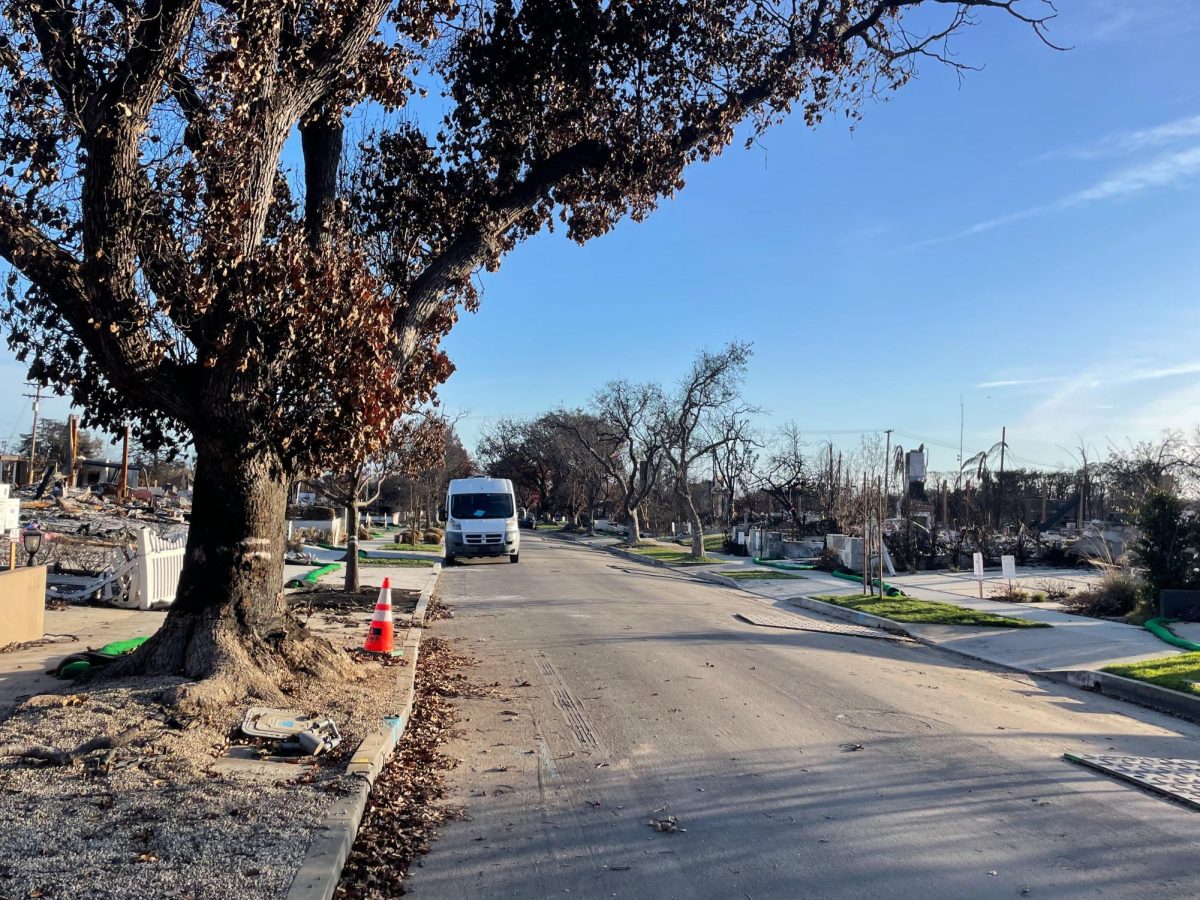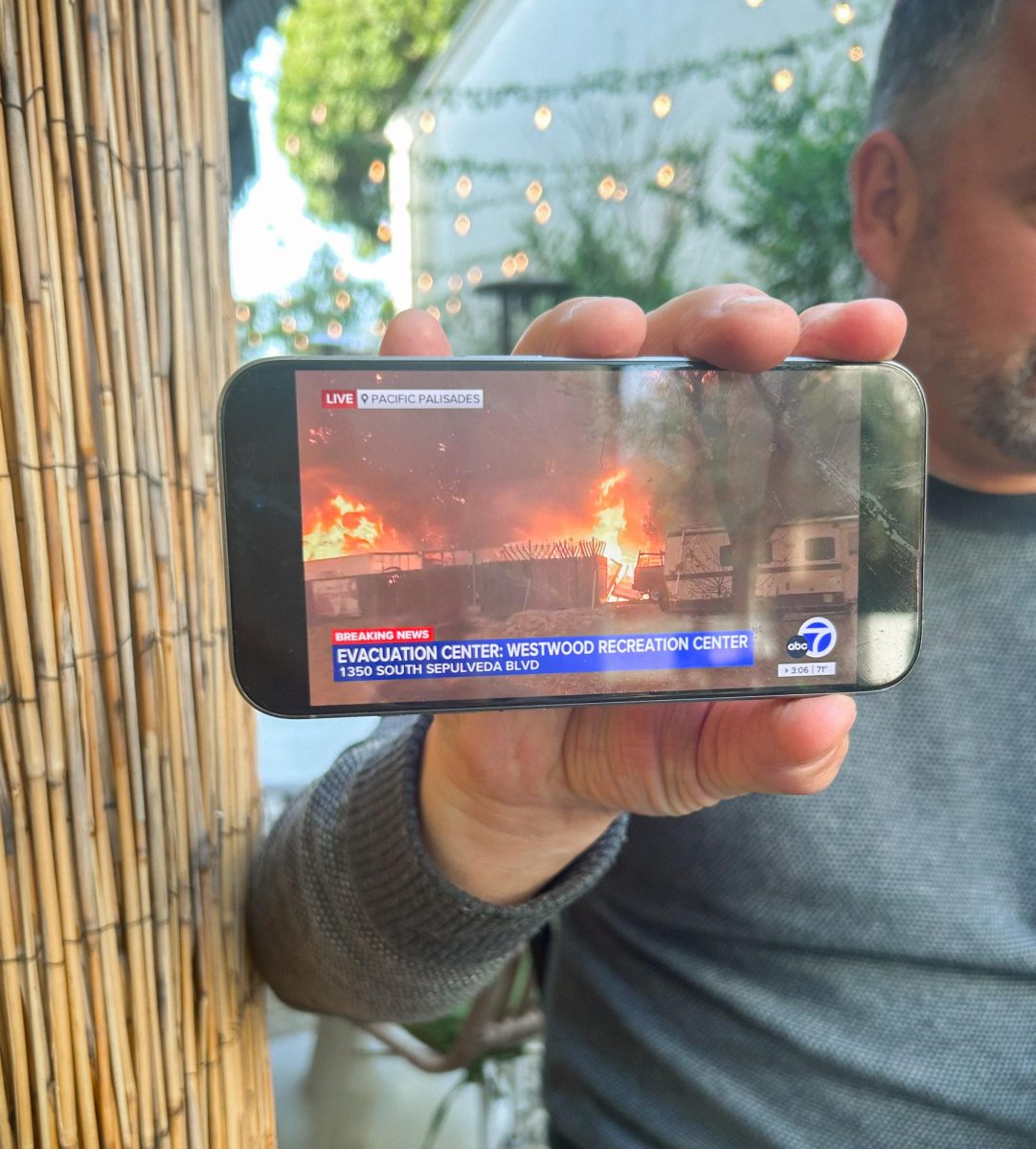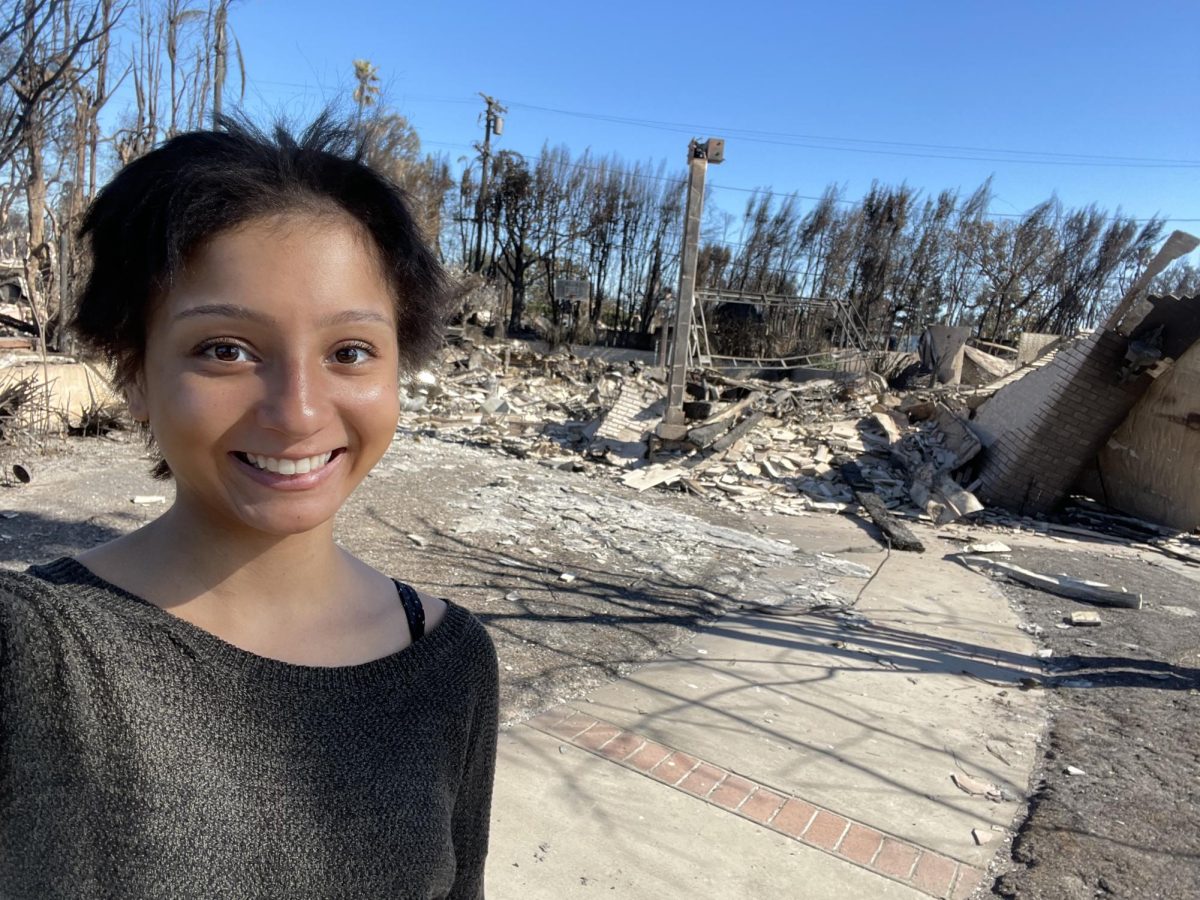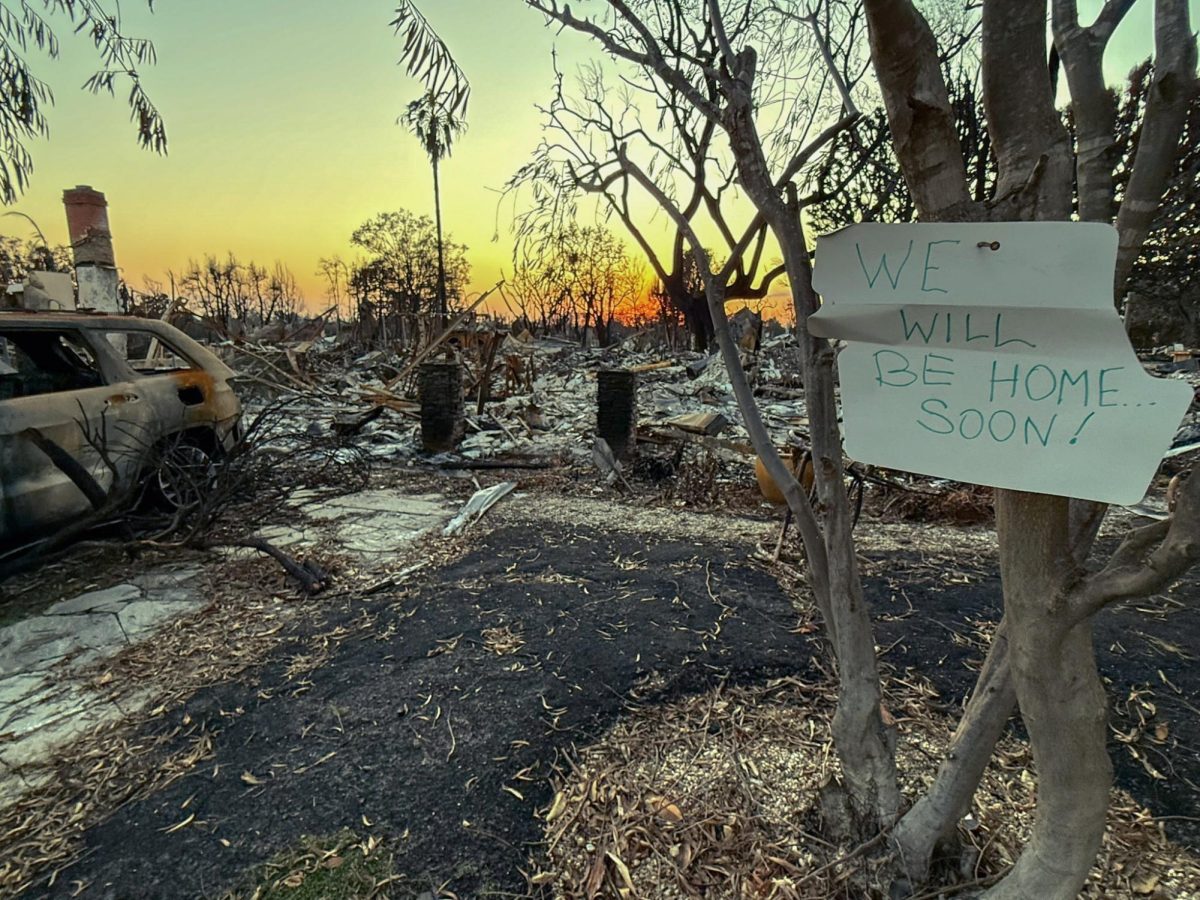Pali’s bus riders take their complaints to board meeting
October 30, 2018
At the Oct. 4 meeting of Pali’s Board of Trustees, 13 students who participate in Pali’s transportation program voiced their complaints with the current trends of schedule changes and rising costs.
Senior Emely Garcia, who rides the bus, spoke about how much Pali’s diversity stems from the transportation program, which in previous years was largely funded by the school. Garcia says that Pali’s buses are filled with students who came from a variety of cultural and ethnic backgrounds and live in different areas of Los Angeles.
Garcia emphasized that Pali’s decision to cut funding for the transportation program is contrary to the school’s mission statement, in which Pali claims to “dedicate [its] resources” to “empower [the] diverse student population.”
Senior Wendy Cano, who participated in the transportation program as a freshman, a sophomore and a junior, also said she takes issue with the increase in transportation fees students and their families are being asked to pay this year. “Unfortunately, when the prices rose, my family could no longer afford [the bus],” she said.
An ASB Leadership student, Cano now takes public transportation, arriving to school unnecessarily early. “I’m here before the sun rises,” she said. “I’m here when the security guards get here. I’m here when most of the staff gets here.”
Senior Mercy Montgomery is also familiar with the struggles of taking public transportation to school. She switched from taking Pali’s transportation to the public bus last year because the price increases were “unbearable” on her family.
“I don’t know why it’s so difficult to get to the Palisades,” Montgomery said. “But I take a bus, a train, and another bus, and the duration of that time is roughly two hours to and from school every day.
“I do this because I know that, going to this school, I will have better opportunities in the future,” Montgomery added, expressing a sentiment that was echoed by other students in attendance at the board meeting. These students say they are dealing with long daily commutes to and from Pali because their home school is too dangerous or doesn’t provide adequate academic opportunities.
With the recent changes to Pali’s bus schedule, some bus stops were eliminated to save money, according to information on the school’s website. These changes force students like sophomore Ellia Essombe to walk to a further bus stop. As of Sept. 24, Essombe’s closest operating bus stop is at least 45 minutes away on foot in the early morning.
“When we get to [our stop], it’s dark, there are coyotes, there are cats,” Essombe said. “It’s really unsafe compared to these other bus stops that have been cut, where there are elementary schools and fire stations.”
BSU President Robert Peters, a student who travels to get to Pali, has taken issue more so with the overcrowded conditions on the buses. “There are kids sleeping on the floor,” he said. “[The buses] are overflowing. There aren’t enough seats for everybody. Especially with the price rising, that makes it harder for more students to ride the bus.”
Chief Business Officer Greg Wood pointed out that Pali’s bus funding was eliminated by the Los Angeles Unified School District (LAUSD) in 2010. The cost of providing transportation for students has gone up 40 percent, Wood said, a factor that greatly contributes to the problem school officials and students are grappling with now. In order to stretch limited resources as far as possible, Pali has worked with the bus company to consolidate some bus routes. This has led to schedule changes as well as overcrowding on some buses.
Math teacher and Board Member Larry Wiener said that the discussion over busing was “inevitable” due to the rising cost.
“It became a fiscal issue. All the stakeholders are doing their best to resolve the issue,” he said. “I don’t think there’s any ill will or intent by any party. It’s gratifying as a board member to see such compassion.”
Wiener said he is hopeful that working through this issue can bring the Pali community closer together, saying, “I think everybody has the same goal, which is to help as many families and to invite as many diverse groups [as possible].”


